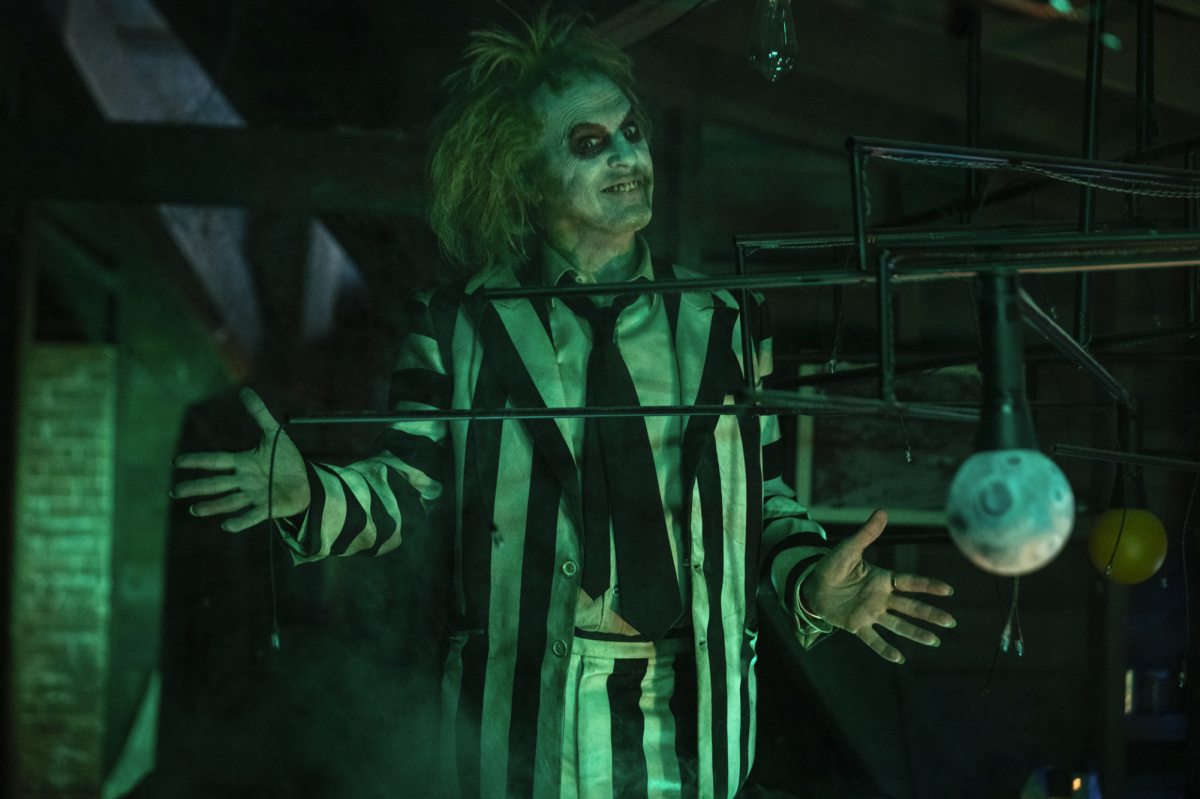“Beetlejuice Beetlejuice” is the sequel to the original 1988 film; released a mere 36 years after the original. The film reunites the Deetz family through the death of patriarch Charles Deetz when supernatural happenings where BeetleJuice — Michael Keaton — and Lydia Deetz — Winona Ryder — are forced to work together so Lydia can save her daughter Astrid — Jenna Ortega — and Beetlejuice his own skin.
He said
While “Beetlejuice Beetlejuice” does an excellent job at recapturing the original’s distinct visual style and macabre sense of humor, the film ultimately feels cluttered and lacks the same simplistic charm of its predecessor.
“Beetlejuice Beetlejuice” is as fast as its namesake’s wit. The film never stops moving, with arguably two main plotlines and a subplot for each, the film simply takes on way more than it can possibly handle in its hour and 45 minute runtime.
Both main plots serve as a great way of separating and reconnecting our cast but simply feel like narrative tools to do so, being concluded and discarded as quickly and pointlessly as they were introduced.
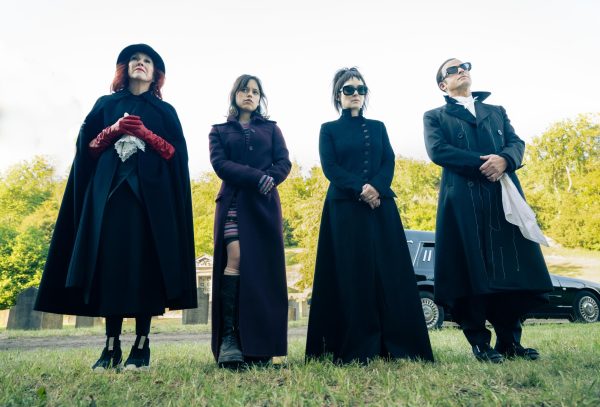
To add to the film’s cluttered feel, it has a distracting amount of star power. If Ryder, Keaton, Jenna Ortega and Catherine O’Hara weren’t enough, the film also features Willem Dafoe, Danny Devito, and Burn Gorman.
While Devito’s role is essentially a cameo, both Dafoe and Gorman have roles that feel too small to be considered supporting roles, yet are still strangely involved enough to warrant the label. It seems bizarre to have actors so recognizable play such minor roles. With how identifiable they are their presence starts to feel like a recurring cameo as opposed to plot relevant characters.
The star power is doubly distracting when you consider the omission of Alec Baldwin and Geena Davis’ characters whom the original film was ostensibly about. Yet their fates are tossed aside in a throwaway line.
The absence of Jeffery Jones as Charles Deetz also becomes distracting as the character is quite relevant to the plot and appears fairly frequently in the film. The way the movie tip-toes around showing his face, only doing so through photos accentuated that they were trying to hide him.
While Jones’ exclusion from the film is justified due to his status as a registered sex offender, the film’s efforts to use the character while refusing to depict him directly was so noticeable, I had to discover the reason for his absence.
Despite the film’s weaknesses, Tim Burton’s style and sense of humor still result in some great laughs and fun visuals. Couple this with excellent performances from the undoubtedly talented cast and you get a film that, while severely flawed, is a lot of fun.
Even if it’s just for Danny Elfman’s always stellar soundtrack and a little bit of darkly comic fun, “Beetlejuice Beetlejuice” is still worth a watch.
Garrett Hartman can be reached at orionmanagingeditor@gmail.com.
She said
The original “Beetlejuice” film had Burton’s signature mix of macabre and absurdity. The storyline and characters toe the line between mundane reality and the extraordinary.
The sequel does follow in the same conceptual footsteps as the original, but modern filmmaking has taken away from the visual aesthetics inherent to ‘80s films that helped make the original what it was.
The film was well crafted for those who are obsessed with the first film, as it’s full of references to the first film that other first-time viewers would not get.
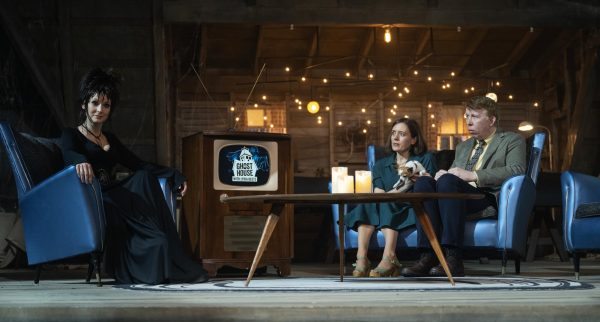
It is also modern life that defines the characters 36 years later. Lydia’s allotment in life seemed to be both on-brand and disappointing. She sold out her gift to see ghosts — in the true fashion of her stepmother Delia Deetz — just to appease her new boyfriend, Rory, who was way too obsessed with John Travolta’s role in “Pulp Fiction.”
Delia, however, made it out quite well in the modern world. She finally found a place for her contemporary art. It turns out her dreadful sculptures and obsession with over-the-top design fits well with modern media.
I do have to give Lydia one thing: the gumption to keep with the goth aesthetic into adulthood. I wish I had that nerve.
One thing to celebrate is the better relationship between Lydia and Delia. However, the incorporation of Lydia’s daughter, Astrid, revives the disdain that infiltrated the original film.
Astrid , played by Ortega, the new scream queen, resents her mother in the most stereotypical manner.
A lot of Ortega’s character is stereotypical, including her eventual crush on a random boy in the town. Every movie seems to demand a love interest for its younger characters. I was hoping “Beetlejuice Beetlejuice” would be different.
Overall there were multiple moving parts within the film. However, not all of them were well carried out.
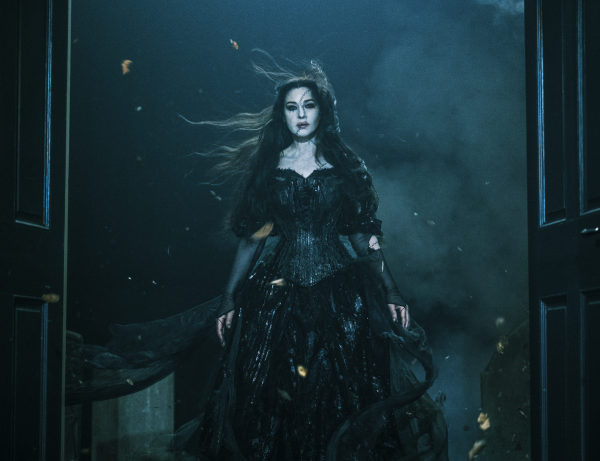
One such moving part is the entrance of Beetlejuice’s “ex-wife” Dolores. She looked strangely like Morticia from “The Addams Family” and I’m certain there will be multiple “Dolores” costumes during Halloween this year.
The quite literal soul-sucking character was powerful and wanted to seek revenge on Beetlejuice for her death. She had so much potential for a great antagonist — or protagonist depending on how you look at it — but her character arc was intermittent and had an abrupt ending.
Beetlejuice’s character arc was limited in the film, though that is not unexpected. In the first film he only graced the screen for 17.5 minutes.
Lydia, Astrid and their accompanying characters made the film, just as Lydia and the Maitlands did in the first film.
The absence of Barbara and Adam Maitland — played by Davis and Baldwin — was noted, but not unexpected.
There was one apparent reference to Baldwin’s life that I can’t figure out was on purpose or not.
Baldwin has been in court following the accidental shooting of a cinematographer on the set of a film he was starring in. Back in 2021 he had fired a prop gun he thought had blanks in it, but was actually loaded with real bullets.
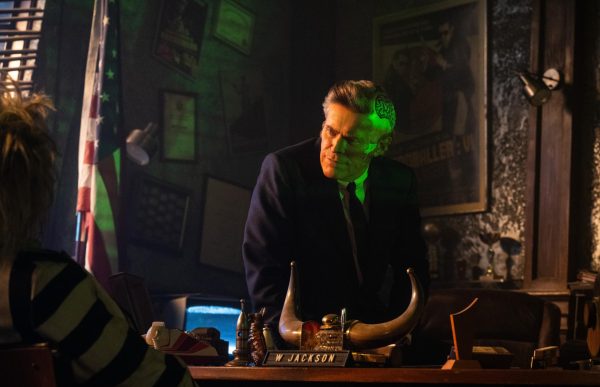
In “Beetlejuice Beetlejuice” one of the characters — Wolf Jackson played by DaFoe — described how he died. He was an action actor who preferred to do his own stunts … and described his death remarking, “Who knew the grenade was live?”
Charles Deetz was also partially missing from the film. His death was what brought everyone together, but his partial ghost still flowed in and out of the film, which was strange and unnecessary.
Deetz could be seen wandering out of the afterlife, which is one thing that confused me. In the original film, it was uncertain whether the ghostly afterlife was the real afterlife. But the introduction of the “soul train” — a literal soul train with dancers moving to soul music — that takes ghosts to places such as the Elysium fields and other Greek myth-based heavens and hells.
The film was an interesting commentary on family values, open communication and being true to oneself, no matter what.
Strangely enough … it could’ve done without Beetlejuice.
Ariana Powell can be reached at orionmanagingeditor@gmail.com or alpowell1@csuchico.edu.
To read this article in Spanish, go here.






